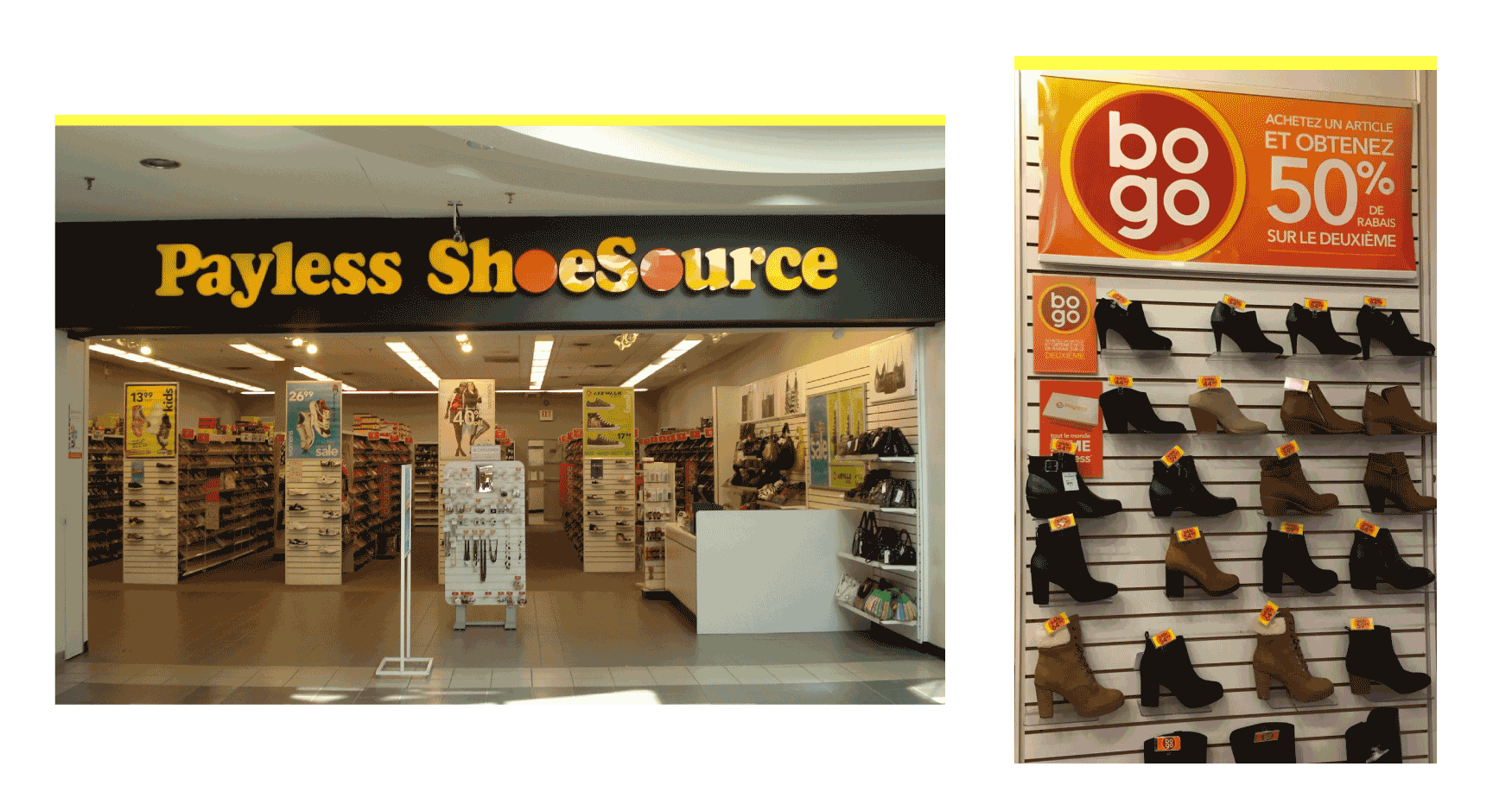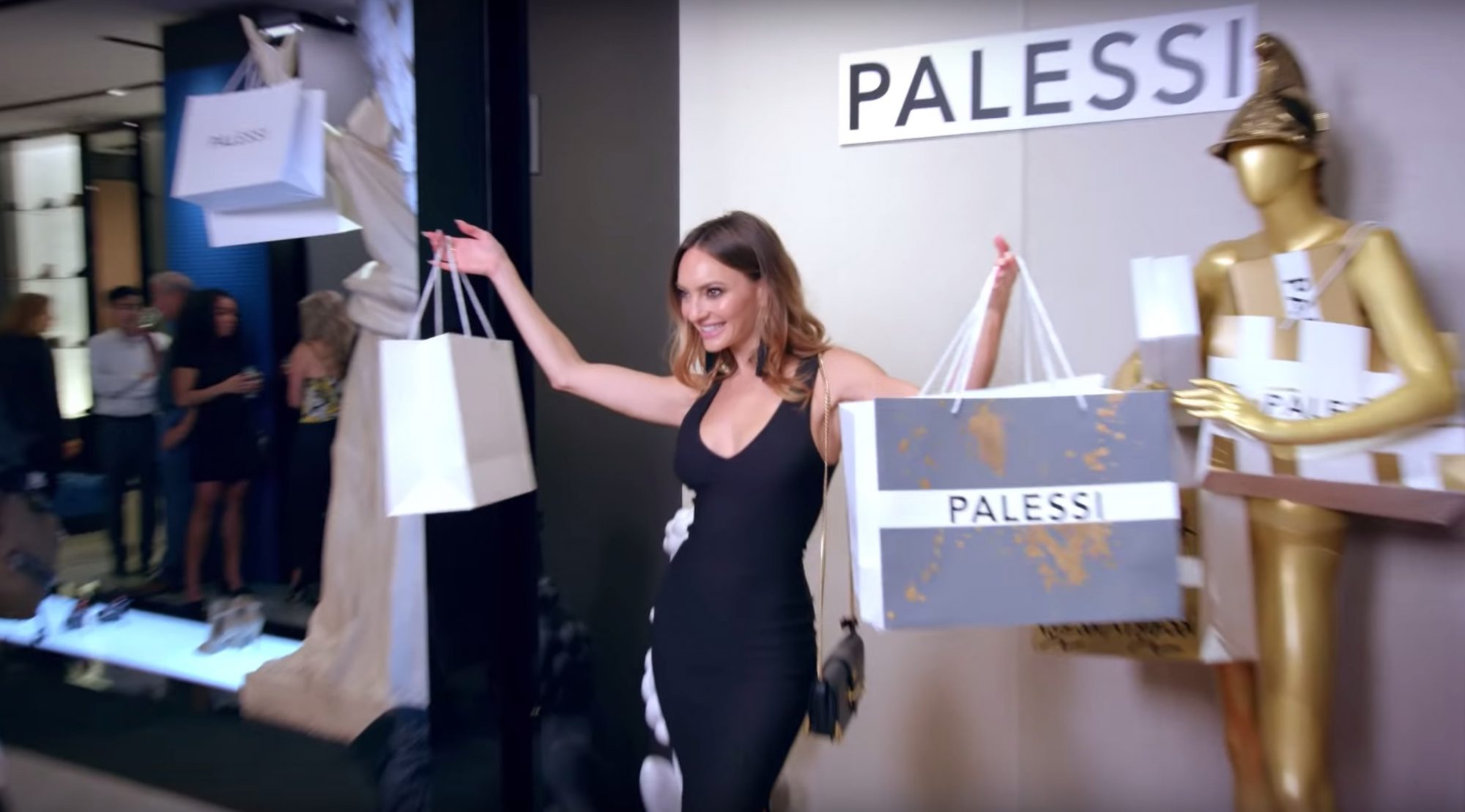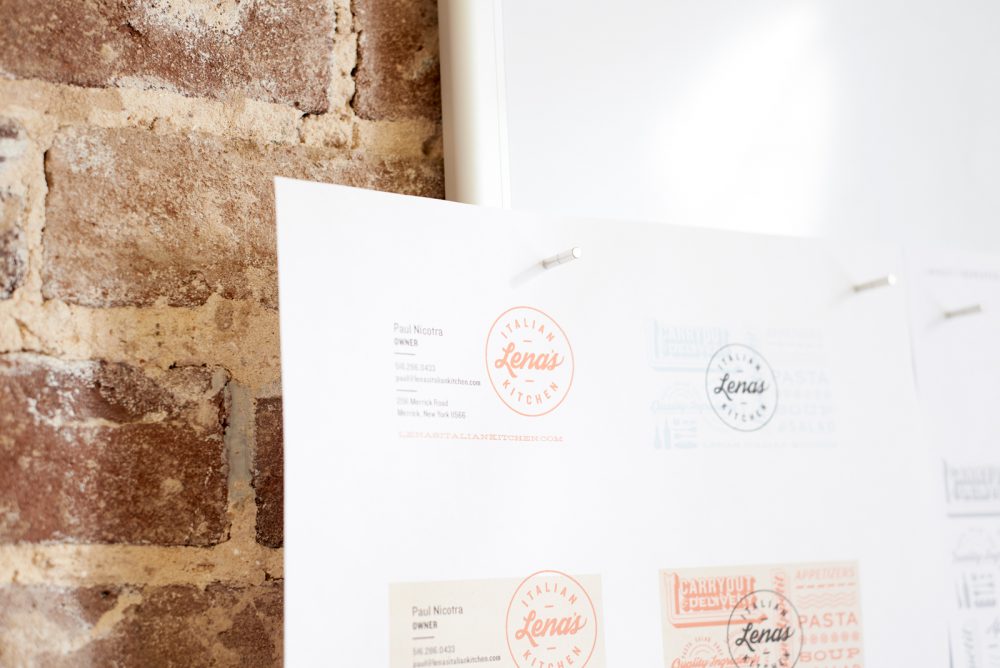A Failed Experiment? How the “The Payless Experiment” by Payless Missed the Mark
December 2, 2018
Jeremy Wells
In a recent publicity stunt, Payless Shoes created a faux-luxury shoe brand, “Palessi,” and hosted a fake grand opening event where they invited fashionistas straight off the streets of Santa Monica Boulevard, and tricked them into buying $20 shoes for $600+. This was cleverly named, “The Payless Experiment.” Unfortunately, I think this experiment failed.
History of Payless
This isn’t the first attempt for a budget-focused brand to try and defend the value they offer. And it comes as no surprise that Payless is attempting to gain new customers in light of their recently filing for bankruptcy, and closing 1,000 stores.

Payless was once the place to shop for discount shoes. But has failed to bring in a steady stream of customers.
These things didn’t happen last year just because consumers suddenly decided to heed the fashion advice of hipsters on Instagram. Payless, like many other brick-and-mortar stores, fell victim to the takeover of online shopping retailers such as Amazon, Zappos, and the like.
These things didn’t happen last year just because consumers suddenly decided to heed the fashion advice of hipsters on Instagram
However, the misfortune of their decline isn’t only due to outside influences and competition. I would also say that it’s the result of missing the opportunity to make a pivot in the right direction, at the right time, with the right strategy. This is evident in the fact that their stores typically feel like an eye doctor’s office, their logo looks like a computer company from 2003, and more recently – “The Payless Experiment.”
What’s the Purpose?
There is a certain desperate feeling that I sensed as I watched this 30-second commercial. Almost like a last-ditch effort to patch a sinking ship. With the captain at the helm, ordering his seamen to patch holes in the hull with duct tape.
Prank videos like these can be funny, and good for a little laugh every now and then, but if you look deeper, it’s actually sort of disturbing to get a glimpse into how little Payless seems to know about consumers. I think the way they produced this video could almost come across as insulting to their customers.
At its core, this video was using projection as a defense mechanism.
Projection is a form of defense in which unwanted feelings are displaced onto another person, where they then appear as a threat from the external world. A common form of projection occurs when an individual, threatened by his own angry feelings, accuses another of harboring hostile thoughts.
So in the case of “The Payless Experiment,” the argument could be made that those at the helm of Payless have unwanted feelings about how their brand is perceived in the market. Rightfully so in light of their bankruptcy and store closings. As a result, they feel threatened. Because of this feeling, they accuse fashionistas, “high-fashion” consumers, and basically anyone who doesn’t want a $20 pair of shoes from Payless of being dumb for how they decide to spend their money.
Like it or not, people purchase products and services based on how it makes them feel, how it connects to their core values, and how they believe it will solve their problems. This is a basic principle of branding. So, of course, it should come as no surprise that someone shopping on Santa Monica Boulevard wants to experience the feeling of buying the latest designer shoe straight from a runway in LA, and they’re willing to spend $500+ on a pair of shoes. On the flip side, someone shopping on a tight budget would want to experience the great feeling of spending $20 with a BOGO deal and getting two pairs of shoes for the price of one.
Neither one is wrong.
This video demonizes the first group, while inadvertently insulting the second group. There’s no need to defend shoppers who shop on budget alone, and there’s no benefit to demonizing luxury consumers who will pay premiums for a different experience. Bottom line, this video is unnecessary.
Lack of Brand Awareness
As mentioned above, this video alienates both their target customers as well as consumers who would never be seen dead at Payless. So it’s a lose-lose for Payless. The truth of the matter, so it seems, is that Payless either 1: doesn’t understand who their actual customers are or 2: doesn’t know how to attract their new desired demographic. Or it could be both.
This experiment doesn’t support their own stated position either. Their market position is literally in their name, “Payless.” Pay. Less.
Anyone who shops at their stores is concerned about one thing, and one thing alone – price.
However, with this video, Payless took a different approach it seems. Focusing primarily on style and quality, the main message seems to drive home the idea that Payless has high-end shoes that rival any expensive designer shoe quality and style. A message that likely doesn’t resonate with, nor matters, to the consumer who enjoy shopping at Payless.
If they are trying to attract a new audience of high-fashion shoppers this experiment has failed. Payless trying to seduce a luxury shopper is just not realistic. This shows a lack of self-awareness on behalf of Payless and the marketing team involved.
This experiment also failed if they were attempting to attract a younger, Instagram, millennial audience. Millennials are one of the biggest demographics of coupon cutters, and penny pinchers in the world. The budget for this video would have been better spent on ads targeting millennials with crazy good deals, and BOGO offers or investing into a better brand strategy.
Conclusion
It’s vital for any brand, no matter the size, to know their customers, know what makes them unique, and be comfortable in your skin. This is the purpose of a brand strategy, and “The Payless Experiment” is a prime example of what can go wrong if you don’t have a strong foundation in place.
This stunt only goes to show that Payless isn’t happy with their perceptions, and is attempting to change that. However, the approach they took with this stunt I think at best had no-impact, or at worse, a negative impact. The only redeeming factor is that it’s received a lot of publicity, and as the saying goes – any publicity is good publicity.
Do you agree or disagree? Would love to hear your thoughts. Email me directly at jeremy@longitudebranding.com
Jeremy Wells
Partner at Longitude°
Jeremy is the author of Future Hospitality and Brand Strategist at Longitude°. As a member of the Education Committee for The Boutique & Lifestyle Leaders Association (BLLA) and a content contributor to Cornell University’s Hospitality Vision and Concept Design graduate program, he is a committed thought leader in hotel branding, concepting, and experience strategy.





